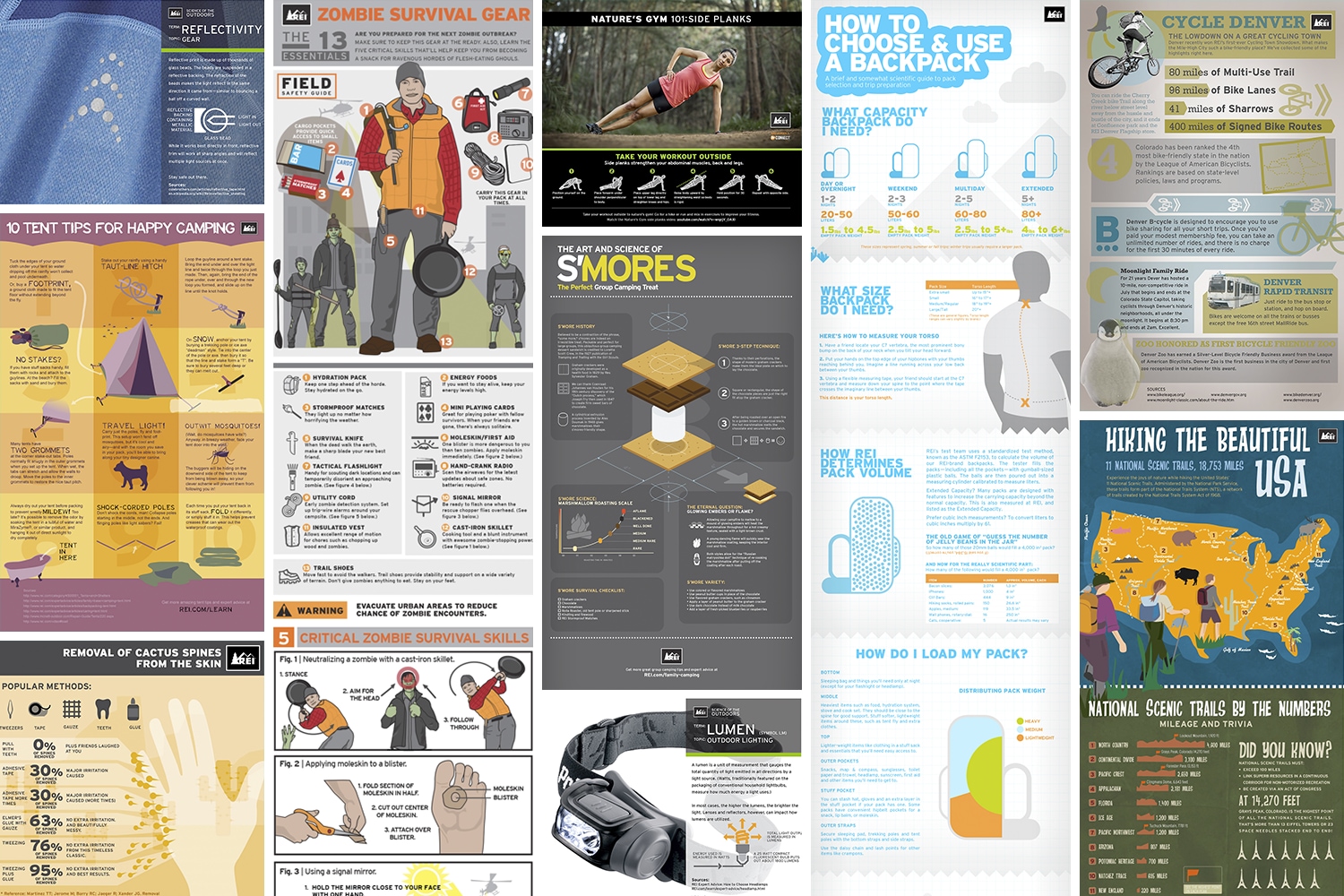Rainfall flies are an important device for wall surface tents. They boost the capacity of a tent to safeguard campers from severe weather conditions while giving included convenience and resilience.
Routine cleansing of a rain fly maintains mud, mildew, and particles from ruining it. Likewise, guaranteeing the proper stress of a rainfly stops it from sagging and permitting water to gather below.
Weather Condition Resistant Products
The material made use of in construction tasks can affect the durability and resilience of the task. Selecting weather-resistant products helps reduce upkeep expenses and conserves resources for future fixing and replacement.
Timber may not be the first product that enters your mind when talking about climate resistance, yet it is extremely sturdy when appropriately treated with preservatives. Cedar, redwood, and teak wood are examples of naturally rot-resistant timbers used to make a selection of outdoor furnishings and structures.
High-performance canvas wall surface camping tents are designed to stand up to moisture and keep campers comfy. It is essential to tidy canvas and camping tents regularly to eliminate dust, mud, and dust. It is additionally necessary to rinse any deposit from the canvas tent prior to storing it away for usage. Avoid using bleach, as it ruins the water-resistance therapy and makes the camping tent more prone to leakage. Additionally, a soft brush and a tube can be utilized to extensively scrub the canvas tent and wash it off with water till it is fully filled.
UV Direct exposure
Unless a tent is made from UV-resistant material, long term exposure to sunshine will certainly cause it to break down. This holds true of all fabrics, however it's specifically pronounced for tents and canvas frameworks as a result of how much they're made use of in outside settings. UV radiation can create dyes to break down, causing a loss of color vibrancy.
A rainfly shields wall outdoors tents from these dangerous UV rays by showing them prior to they can permeate the structure and reach your skin. It is necessary to select a rainfly with a UPF rating of 50 or greater to get optimum UV security.
A rainfly also aids regulate the temperature level inside a camping tent relying on the season. A lighter rainfly can maintain camping tents from absorbing excessive heat in the summer season, while a heavier rainfall fly can help stop heat from running away the tent throughout colder months. In either situation, these additional layers of insulation can dramatically prolong an outdoor tents's life expectancy.
Wetness Damages
Canvas camping tents are rather sturdy and can last 15-30 years with diligent care, but even the most high-performance canvas is not impervious to downpours. A rain fly or fly sheet adds a layer of protection for the roof of your canvas tent and helps camping equipment prevent moisture damage.
Condensation, mold, and mildew are not only unsightly, but they can also damage the architectural integrity of your canvas tent. Preventing these troubles is not difficult, yet it calls for thorough treatment and focus to information.
Make it a routine to check your camping tent in the morning and remove any all-natural condensation, dew, or snow that has actually gathered externally. Later, make sure to spread your tent out in an open area and use a soft brush to scrub away any kind of mold and mildew and mold that has formed. Once you have actually gotten rid of the impacted areas, re-treat the tent with a mold awesome remedy and wash it completely to prevent any future problems.
Wetness Accumulation
While typical, condensation can damage products if left untreated. Luckily, positive strategies like cleaning surface areas and airing out camping tents reduce condensation' impact.
Outdoor tents material, climate conditions and use patterns contribute to condensation levels. Sailcloth, as an example, stands up to water vapor evaporation and tends to present handmade droplets quicker than polyester or nylon options. Recognizing this difference notifies how tent proprietors handle condensation.
Occupant's breathed out breath and wet clothing and tools spike humidity levels. An absence of ventilation approaches enables moisture to condense when cozy interior air fulfills cooler surface area temperatures. This cycle intensifies on damp nights or when an outdoor tents is positioned in reduced areas. Inspecting and cleaning tent surface areas right away after cooling urges wetness to spread before damaging textiles or forming mold and mildew. Localized air movement, such as guiding a follower toward joints, further aids the process. Identifying one of the most vulnerable locations of a tent, like high ridges and edges, helps campers simplify their moisture monitoring routines.
